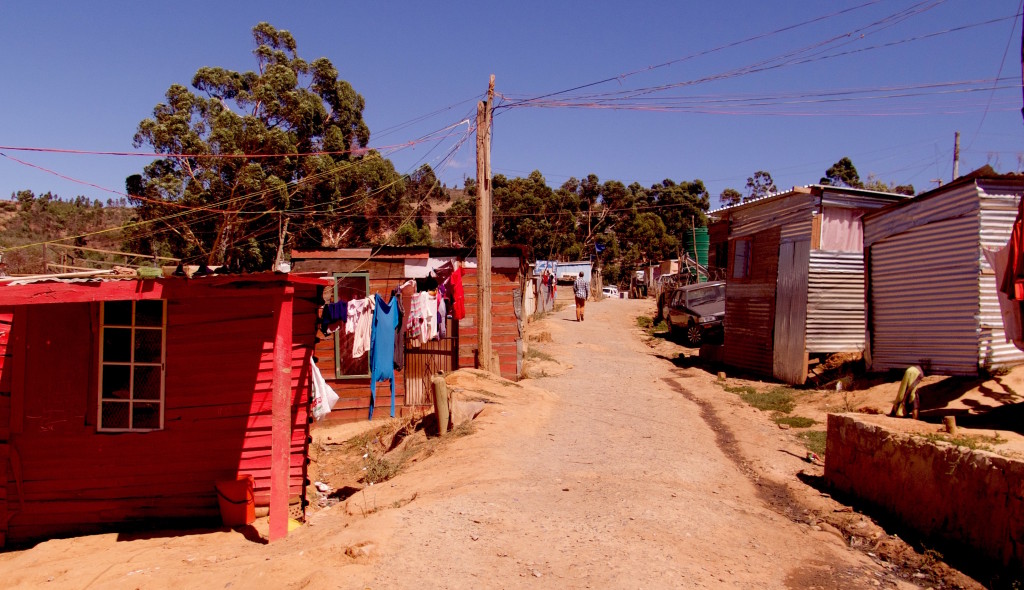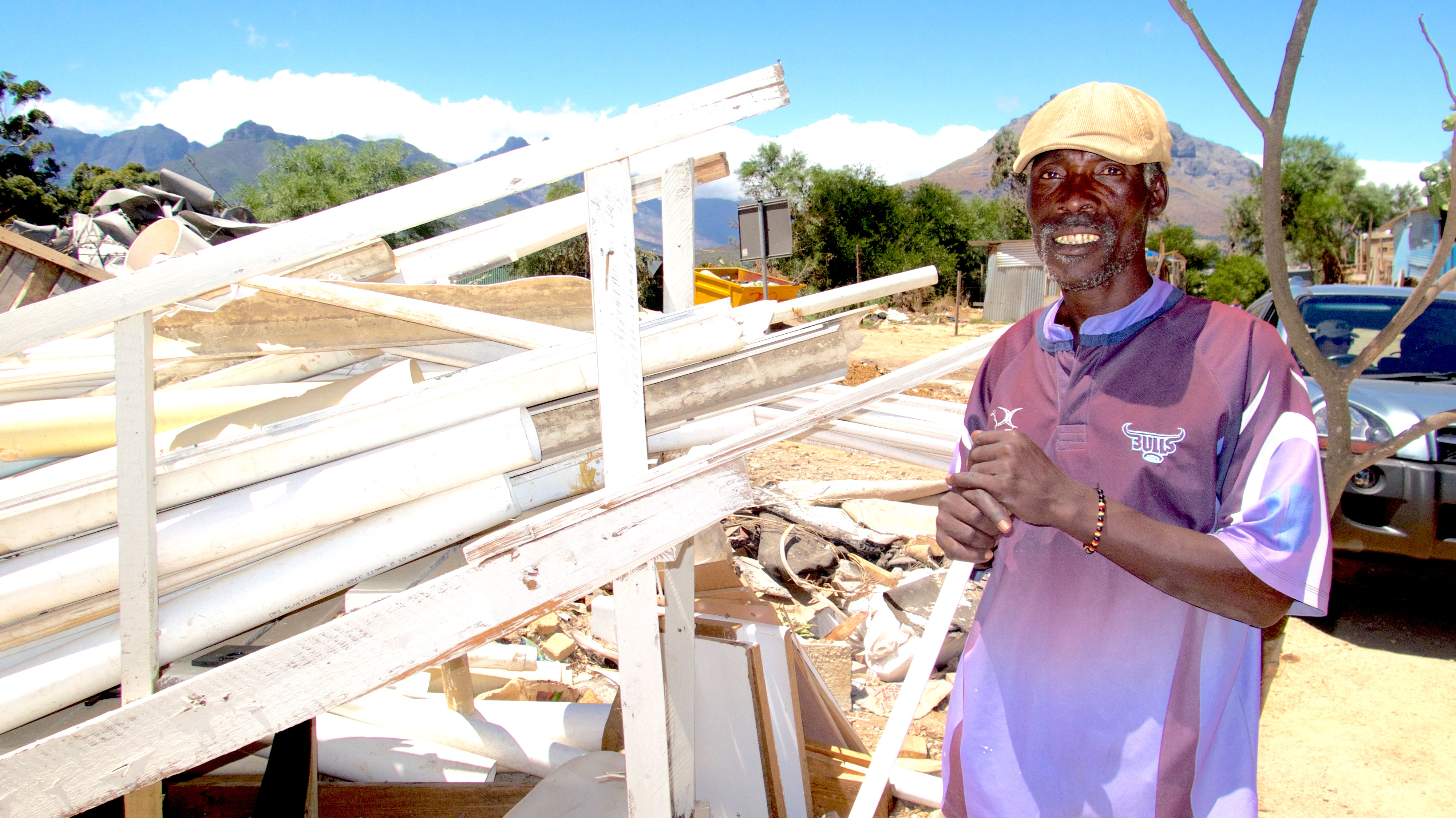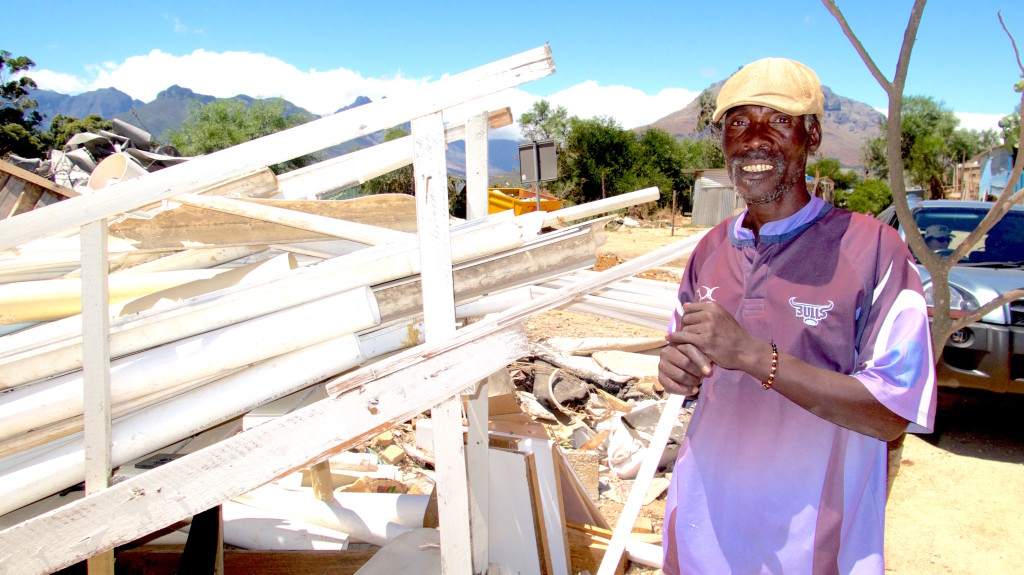
Until a ferocious drought withered crops, turned rivers to trickles, and dried up municipal drinking water supplies, one of Limpopo province’s distinctions was the ample sun and good soil that made it South Africa’s premier producer of fruits and vegetables.
Another distinction was that farmers developed an informal accord to share scarce water with coal companies that were busy developing the Waterberg Coalfield that lies beneath dry central Limpopo.
This week Yale Environment 360, the fine online environmental news platform edited by Roger Cohn and Fen Montaigne, published my account of the consequences of climate change in South Africa. Since Yale e360 went online in 2008 Roger and Fen have published 10 of my articles about the singular environmental and social trends taking shape globally, the merger of economy and ecology, and its unforgiving collisions. One of those articles in 2010 on North America’s unconventional fuels boom was one of the first national reports on the “economically promising and ecologically risky race to open the next era of hydrocarbon development.”
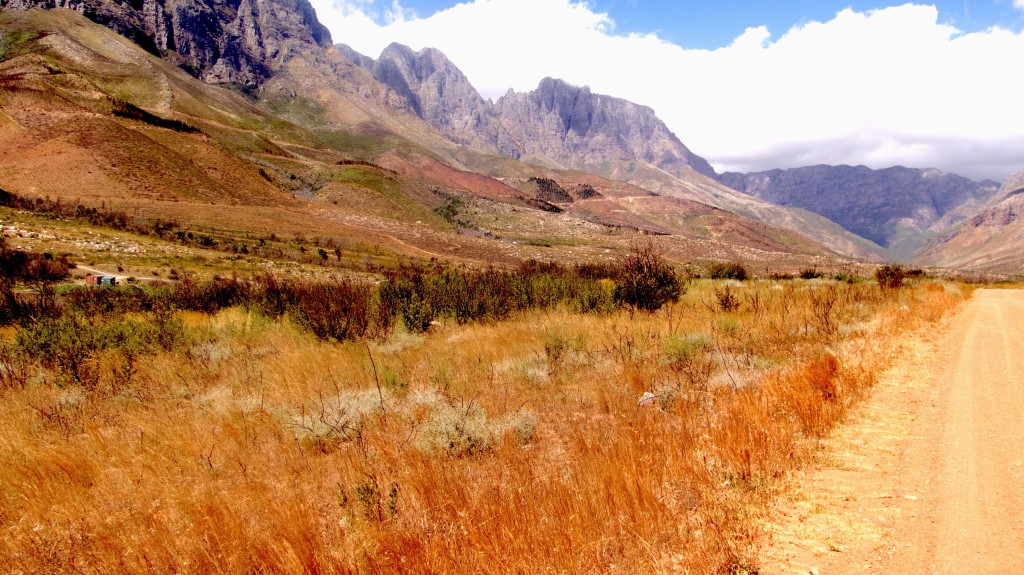
The current piece describes new findings about climate change and drought in South Africa from a seven-week reporting trip for Circle of Blue earlier this year. The South African drought, the deepest since the early 20th century, shattered the fragile equilibrium in Limpopo between the farm and coal sectors. Pitched battles between farmers, residents, and security officers who support coal development have broken out south of Musina, where Coal Africa proposes to build a $406 million mine, and where some of the country’s most productive vegetable farms operate. The mine would consume 1 million gallons of water a day, according to company disclosures. Both the mine and neighboring irrigated farms are dependent on the Nzhelele River, which has diminished to a shallow stream.
Limpopo, about the size of Louisiana, borders Zimbabwe in South Africa’s north. In Lephalale, about 210 miles east of Musina, farmers and other rural residents are locked in battles to protect water supplies from new power plants, and plans to expand mining in the Waterberg Coalfield.
Eskom, South Africa’s state-owned electric utility, is building one of the new plants, the 4,800-megawatt Medupi coal-fired power station, on a stretch of dry land west of Lephalale. When fully operational, perhaps by the early 2020s, the plant will consume 6.9 billion gallons of water annually. South Africa anticipated the need for a torrent of process water for the plant by spending $1 billion to build pumping stations, water supply and storage infrastructure, and 130 miles of pipeline to tap the distant Crocodile and Mokolo rivers. The drought, though, is producing fresh evidence that neither the Crocodile nor the Mokolo may have sufficient water in the 2020s and beyond to sustain agriculture, a fast-growing population, existing industries, and a gigantic power plant now estimated to cost $16 billion to complete.
“There are significant difficulties from this drought,†said Dhesigen Naidoo, the chief executive of the National Water Commission, a research and science agency in Pretoria. “The drought cannot be managed the way previous droughts have been managed. In previous droughts we hadn’t factored in climate change. We are convinced that this drought is not part of a normal drought cycle that previously we’ve had in the past. This one is quite different. The combination with the heat wave is unique. The heat wave builds itself into an extreme example of the weather pattern in this part of the world we’ve experienced for at least six years. It tells us we are in quite a different regime. So we regard this as a drought in the climate change scenario, and our planning is working around that.â€
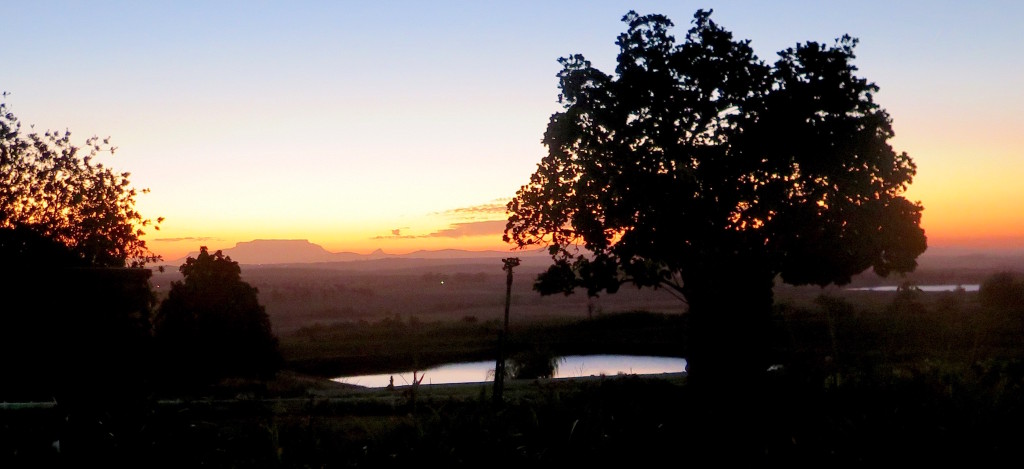
There are numerous places in the world now to measure the effects of climate change. A June 2013 climate-related flood in the Himalayas wrecked ten hydropower dams and killed thousands of people in Uttrakhand, India. A 12-year drought that ended in Australia in 2010 closed the largest rice production sector in the southern Hemisphere. A four-year drought in California caused hundreds of thousands of acres of orchards and cropland to be idled, contributing to higher food prices in the United States. Greenland’s icecap is melting.
Arguably, though, there are few places where climate change has produced more visible and dire ecological, economic, and social consequences than in Limpopo and South Africa’s eight other provinces. Sixteen years into the 21st century, South Africa forms a kind of regional study center for understanding how climate change can bully governments, economies, and communities.
Read the piece at Yale e360 here.
— Keith Schneider
